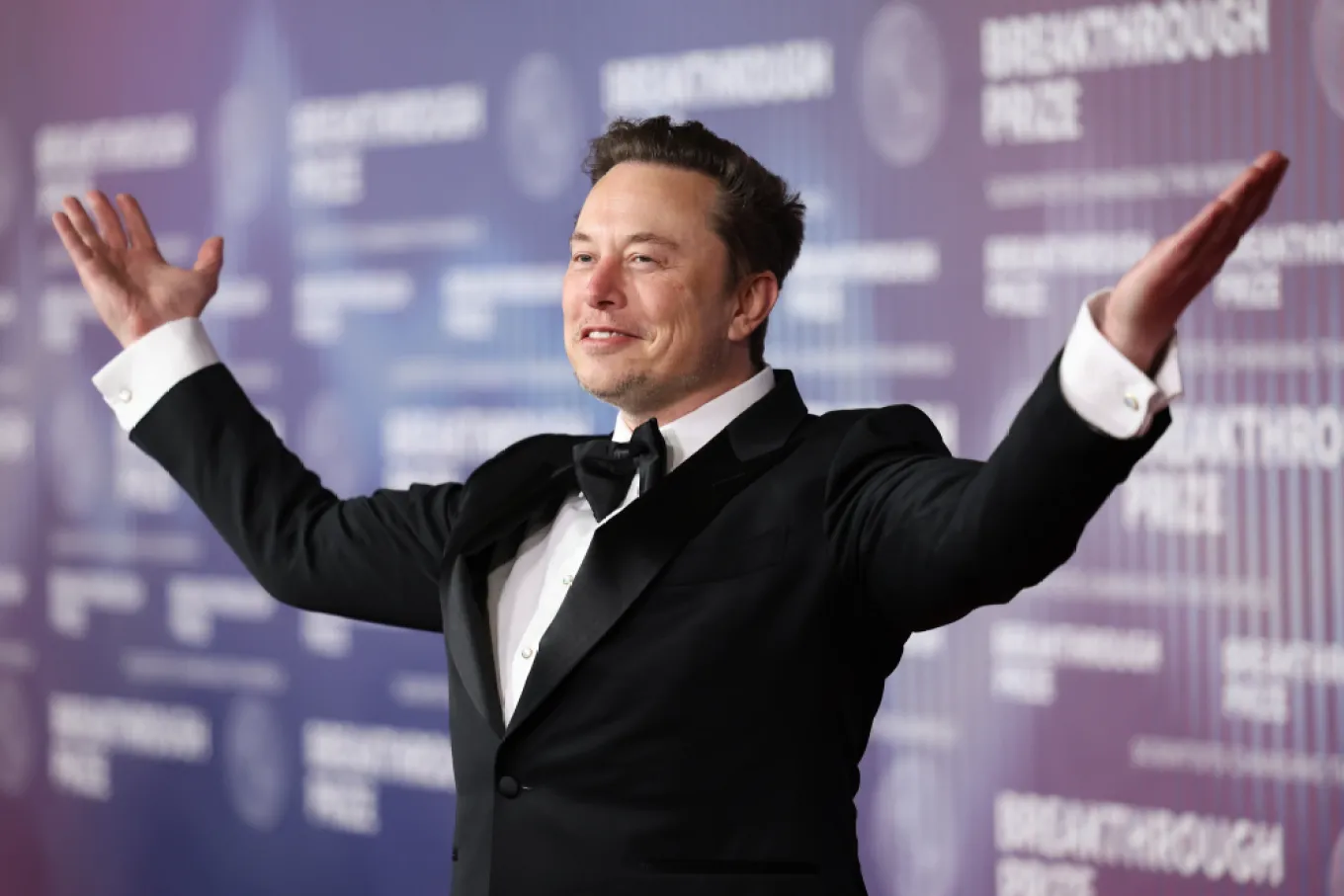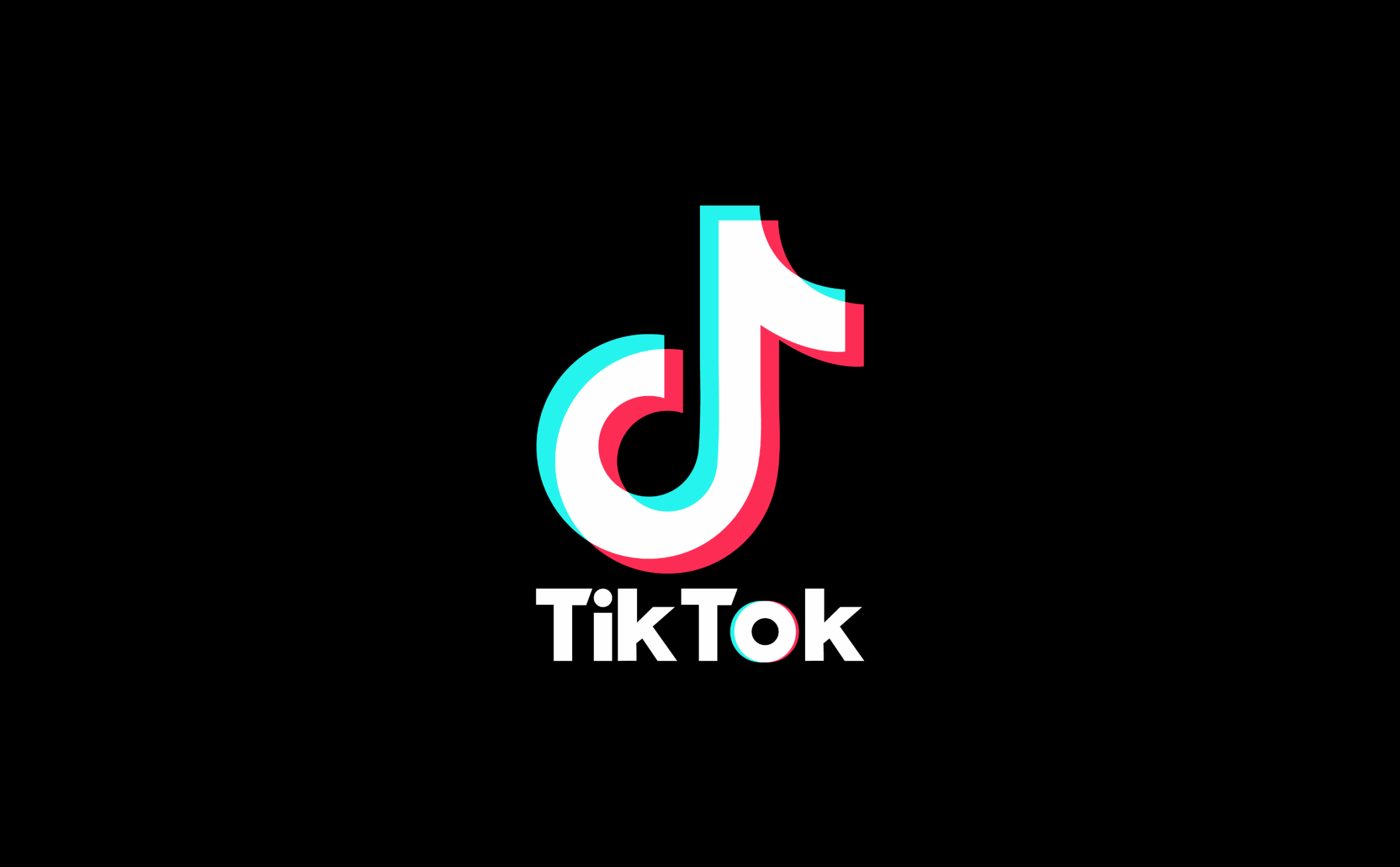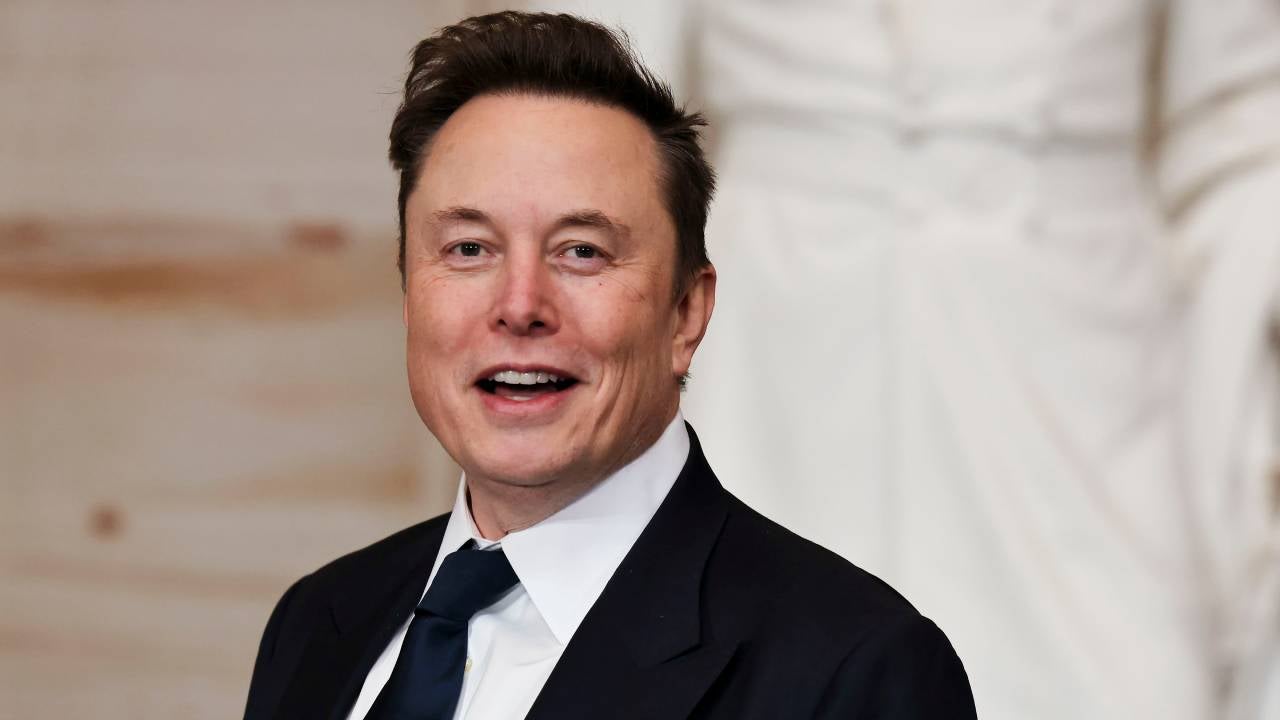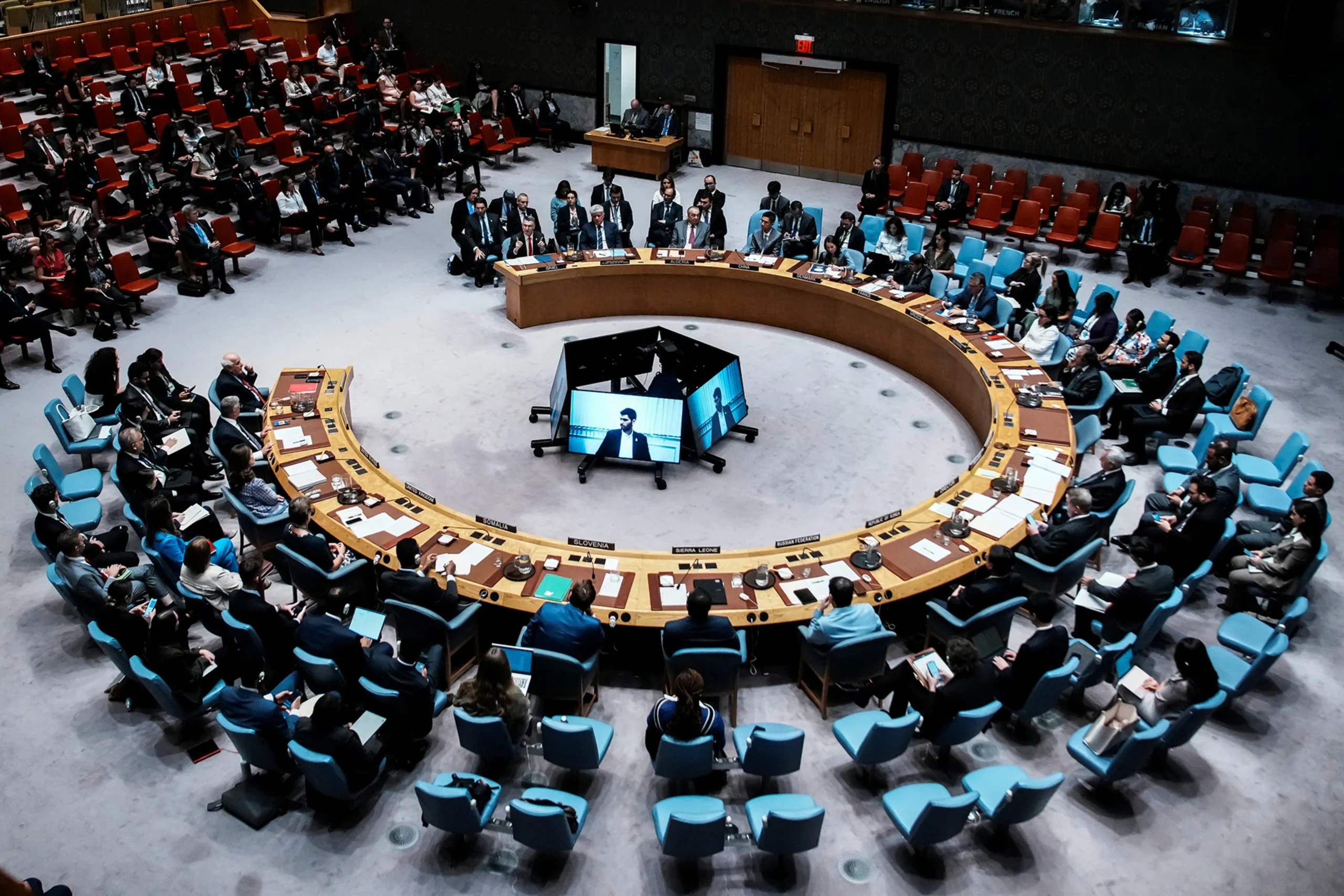In a move that underscores the ongoing battle for transparency in artificial intelligence, Elon Musk announced on Saturday that his AI venture, xAI, has open-sourced its Grok 2.5 model, with plans to do the same for the more advanced Grok 3 in approximately six months. The declaration, made via Musk’s personal account on X (formerly Twitter), has sparked excitement among developers and researchers while reigniting debates about what truly constitutes “open source” in the AI era.
The Announcement: A Step Toward Open AI
Musk’s post, shared on August 23, 2025, read: “The @xAI Grok 2.5 model, which was our best model last year, is now open source. Grok 3 will be made open source in about 6 months.” Accompanying the statement was a link to the model’s repository on Hugging Face, a popular platform for sharing AI models. The repository, named “grok-2,” contains the model’s weights and architecture, allowing developers to download, run, and potentially modify the system for their own purposes.
According to the repository details, the model is a post-trained large language model requiring significant computational resources—eight GPUs with over 40GB of memory each—to operate effectively. It includes instructions for serving the model using tools like SGLang, an inference engine, and emphasizes the use of specific chat templates for optimal performance.
However, there’s a notable discrepancy in naming: While Musk referred to it as “Grok 2.5,” the official repository and documentation label it as “Grok 2,” described as a model trained and used by xAI in 2024. Industry sources suggest that Grok 2.5 may refer to a refined or post-trained version built upon the Grok 2 base, with the released weights being those that “shaped” the 2.5 iteration. This has led to some confusion, with tech outlets like TechCrunch clarifying that the open-sourced elements are the foundational weights used in Grok 2.5.
xAI, founded by Musk in 2023 as a rival to companies like OpenAI (which Musk co-founded but later left amid disagreements over commercialization), aims to “understand the true nature of the universe” through AI development. The Grok series, inspired by the Hitchhiker’s Guide to the Galaxy, began with Grok-1 in 2023, followed by iterative releases.
Grok-2 was officially unveiled in a beta release on August 13, 2024, boasting improvements in reasoning, coding, and multimodal capabilities over its predecessor, Grok-1.5. It outperformed models like OpenAI’s GPT-4-Turbo and Anthropic’s Claude 3.5 Sonnet in benchmarks such as MMLU and MATH. Grok 3, released in beta earlier this year (February 2025), further advanced reasoning agents, while Grok 4, introduced in July 2025, integrated native tool use and real-time search.
The open-sourcing of older models aligns with xAI’s pattern, having previously released Grok-1 in March 2024. Musk has positioned this as a counter to “closed” AI systems from competitors, emphasizing community access to foster innovation.
The License Debate: Open Source or “Open-Washing”?
While the release has been hailed by some as a win for open AI—allowing free downloads and tweaks—the custom “Grok 2 Community License Agreement” has drawn scrutiny. The license prohibits using the materials to train or improve other foundational AI models, ties commercial use to xAI’s Acceptable Use Policy, and includes a clause allowing termination if users engage in certain litigation against xAI.
Critics, including the Open Source Initiative (OSI), argue this doesn’t qualify as true open source. OSI Executive Director Stefano Maffulli stated that restrictions on field of use violate open-source definitions. A ZDNet analysis echoed this, calling it “open-washing”—a marketing tactic to appear transparent without full openness. In contrast, fully open models like those from Meta or Mistral allow unrestricted training and modifications.
Despite this, media outlets like Engadget and India Today reported the move positively, noting it enables developers to experiment with a high-performing model from 2024. Reddit discussions highlighted the model’s estimated 270 billion parameters, positioning it as a significant release for the open-source community.
The announcement garnered over 41,000 likes and millions of views on X, with supporters praising Musk for democratizing AI. AI engineer Tim Kellogg described the license as having “anti-commercial-use clauses,” but others see it as a step forward amid Musk’s criticisms of OpenAI’s shift from open to proprietary models.
Skeptics point to Musk’s history of ambitious timelines, such as delays in previous Grok releases, warning that the Grok 3 open-source promise—slated for around February 2026—should be taken with caution. Broader implications include potential boosts to xAI’s ecosystem, attracting developers to build on Grok while xAI retains control over newer models like Grok 4, available only to subscribers.
In Europe, questions arise about compliance with the EU AI Act, given the license’s restrictions. Nonetheless, this release could reshape the open-source AI landscape, challenging giants like OpenAI and Google.
As xAI continues its rapid iteration— with Musk hinting at Grok 5 by year’s end—this open-sourcing signals a commitment to partial transparency. Whether it sparks a wave of innovations or fuels further debates on AI ethics remains to be seen. For now, developers can access the model on Hugging Face, but with caveats: true openness may still be a work in progress.




